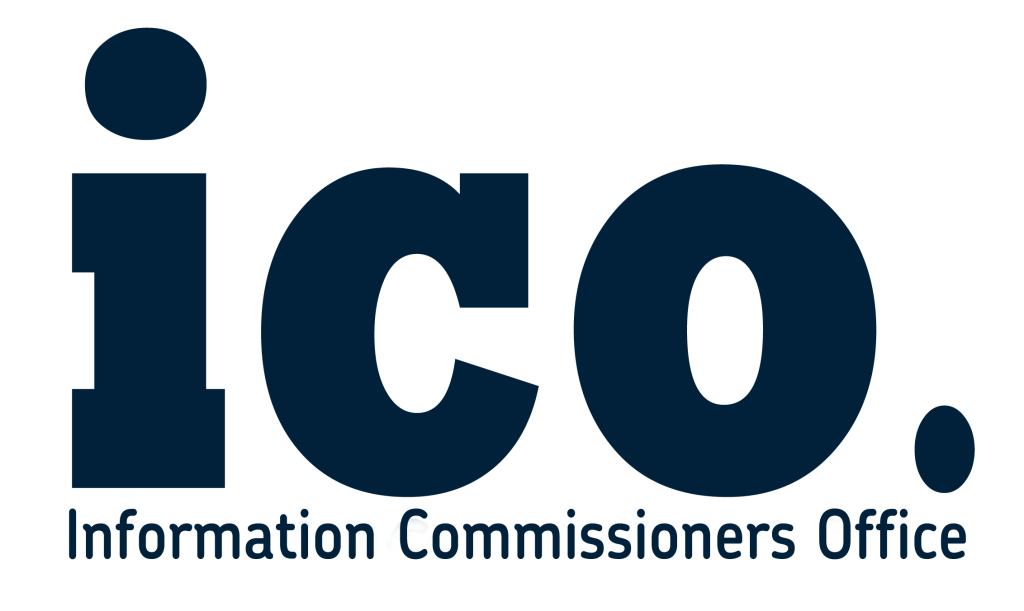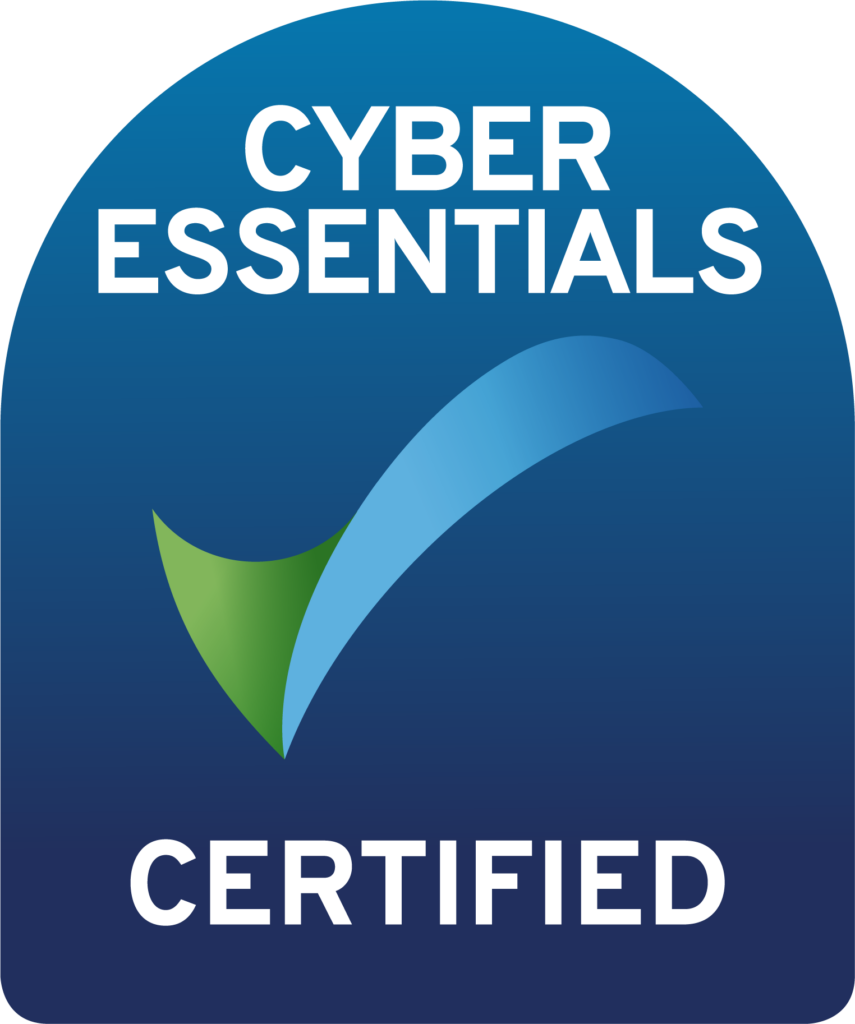Understanding the smart grid
As part of an exciting energy revolution that’s underway in Great Britain, a new smart energy system is being developed that will use digital technology to actively monitor what electricity the country needs, when it needs it – then suppliers can generate enough to meet demand.
In the past, electricity grids were simple connections through which electricity flowed from the producer to consumers. These grids have evolved gradually to incorporate advances in communications technology and connectivity enabling them to become ‘smart’, which helps to manage the balance of the grid. To put it simply, the amount of electricity fed into the grid by producers must always be equal to the amount of electricity taken out by consumers, because if the imbalance is too great, incidents such as power failures may occur. Smart grids allow grid operators to assess the system health in significantly more detail than was previously possible. For instance, with smart meters, suppliers and grid operators can observe real-time power demands with a granularity and accuracy that was previously not possible.
Smart meters produce significantly more accurate energy billing and enable consumers to better understand their energy usage, making it easier to alter behaviour to save energy and cut down costs, however, smart meters have a much grander part to play in Britain’s future energy system.
Smart meters gather the information the energy networks require to react to the amount of energy being consumed and therefore the generation required by the grid, and this two-way communication between consumers and the energy network, will enable real-time, automatic responses to changing electric demand.
The smart energy grid will provide us with a more modern, more efficient, and cleaner supply of power.
Plus, many other benefits:

Balancing supply with demand
Network operators will be armed with better data on the country’s energy use, so they will be able to accurately track electricity demand and ensure generation is better prepared to match it, which equals a more stable, efficient grid. Because of this, smart grids create environmental and cost benefits by reducing the amount of energy wasted and improving the efficiency of generation, delivery and consumption. With less investment needed to secure the grid, lower costs will be passed on to consumers.

Making the most of renewable energy
The relationship between the smart grid and renewable energy revolves around gathering data from smart meters. For example, wind farms use mechanical gears that require each link to support multiple sensors. Each sensor is able to note current climate and environmental conditions, and this information is then quickly sent though the grid to alert the utility of any issues, which improves both the quality of service and safety. By combining information on energy demand from smart meters with weather forecasts, grid operators will be able to better plan for the integration of intermittent renewable energy into the grid and balance their networks, helping us make the most from sustainable sources such as wind and solar, and decreasing our reliance on carbon.

Using energy efficiently
Real time data will help the energy system better manage the supply and demand of energy to reduce waste, and also shift energy usage away from traditional peak times – which are currently reliant on fossil fuel energy – and make more use of renewables. Notifying customers when supply is low (off-peak) or demand is high (peak) via visible price signals, incentivises customers to use energy this way, which will not only allow us to save energy but also make better use of variable, greener sources of power.

Revolutionising technology
The development of smart technology and the Home Area Network will enable appliances to automatically switch on and off in response to demand and supply. For instance, electric vehicles (EVs) could be set to charge automatically when the sun is shining, or consumers could programme their washing machine or dishwasher to turn on or off depending on the level of demand and price of energy related to it.

Transforming our homes are powered
A prosumer is someone who both produces and consumes energy – a shift made possible due to the rise of new connected technologies and the steady increase of more renewable power like solar and wind onto our electric grid. Smart meters will open up the possibility for prosumers to have control over exactly when they consume when they store, and even when they export their energy to the grid for profit. A blockchain-based peer-to-peer trading system could even provide the option to sell any excess energy directly to our friends or neighbours.








